September 27th, 2021
9minute read
Looking for a new rifle scope for the upcoming deer season?
Here are the most important features to keep in mind.
A Brief History of Rifle Scopes
Rifle scopes pre-date the Civil War.
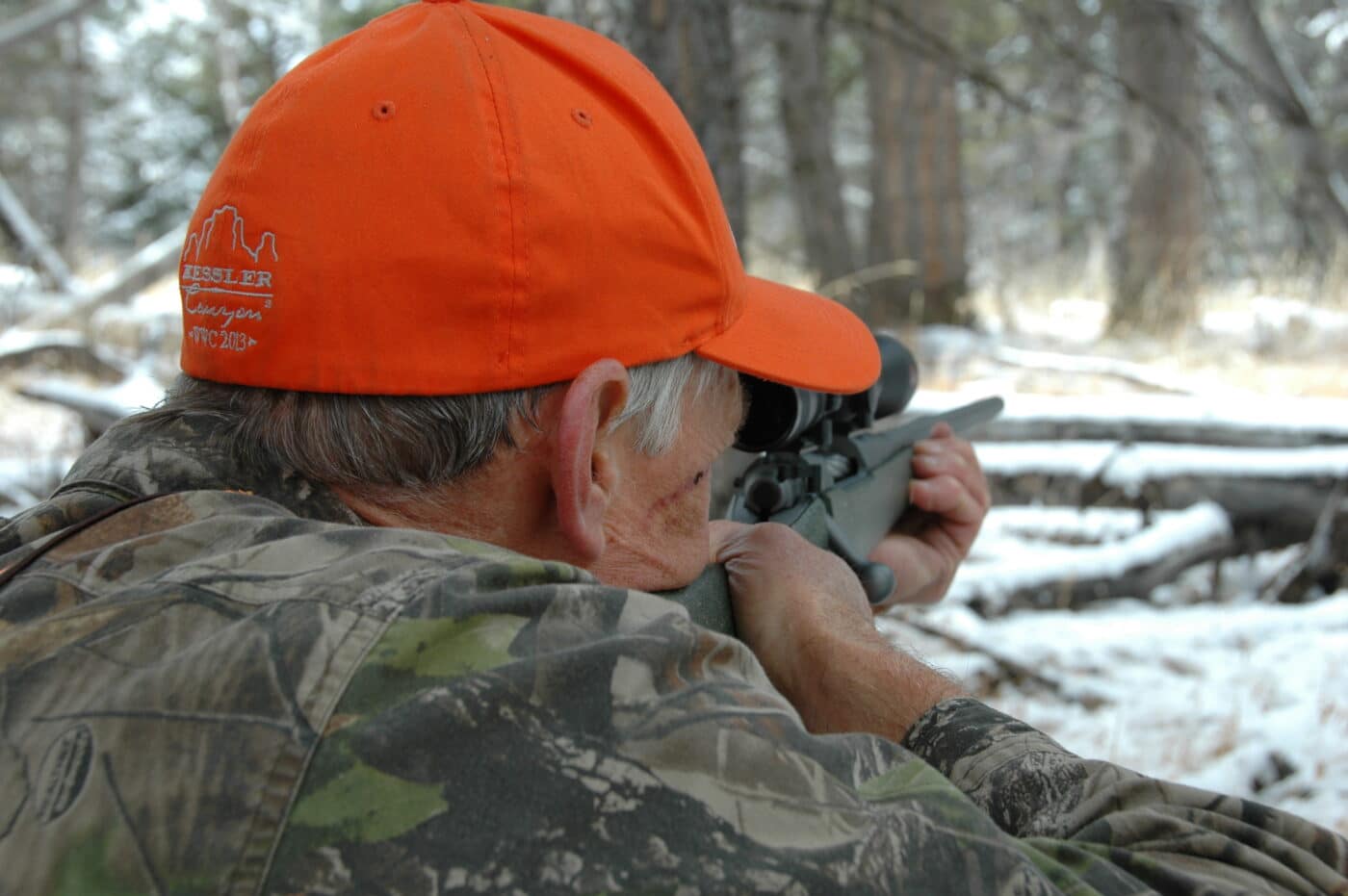
The first scopes were barrel-length tubes with small, dim fields and fragile innards.
While they dont have the same quality of modern optics, they were an improvement over standard sights.
A few years down the road, U.S. scope-makers proliferated during the Great Depression.

Bill Weaver invented his Model 330 in 1930.
The 10-ounce 3x sight had a 3/4-inch steel tube and internal W/E (windage/elevation) adjustments.
It sold for $19.
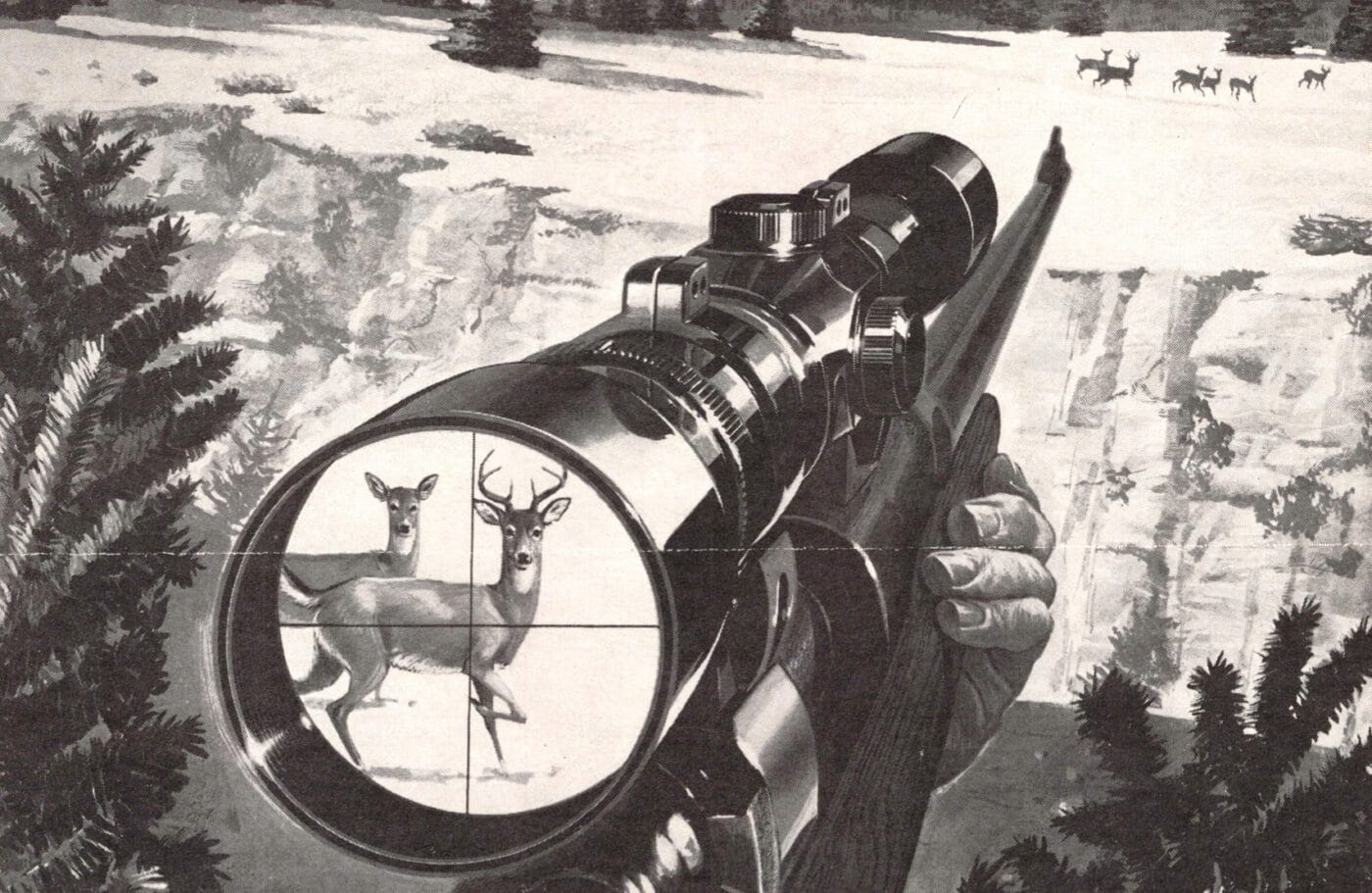
Thats still a good price for a quality optic.
By the time Weaver rolled out the Model 330, Zeiss acquired Hensoldt and offered variable power scopes.
Soon thereafter a Zeiss engineer found coating lenses with magnesium fluoride made images brighter.
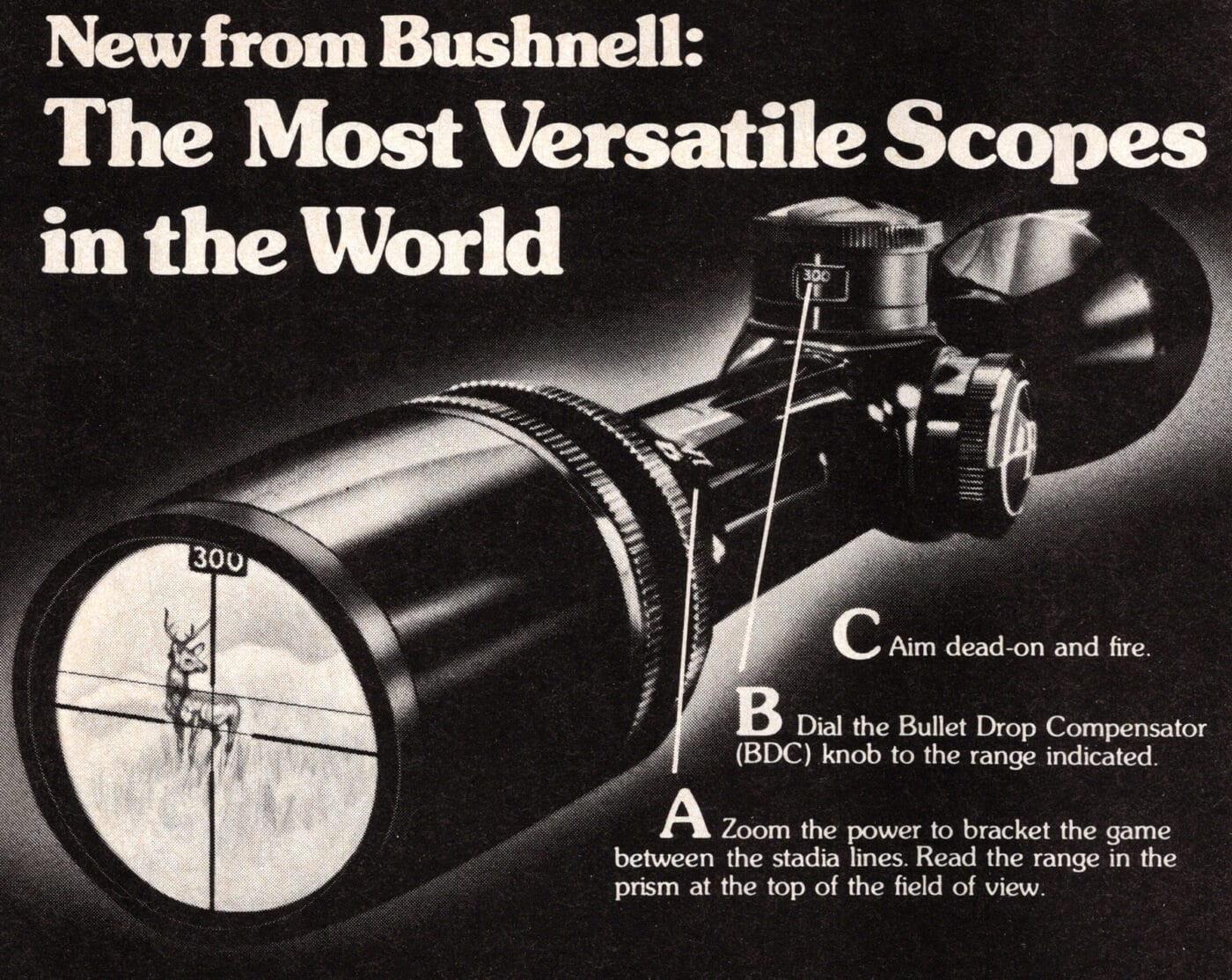
Fog-free scopes arrived shortly after WW II, at Leupold & Stevens.
Scope prices had moved little since the 20s.
Until the 1950s, adjusting W/E dials sent the reticle out of the fields middle.

To keep it centered, engineers placed the erector pivot at the tubes rear, where the reticle was.
I began deer hunting a few years later.
Scopes have since grown bigger, heavier, more powerful and more complex.
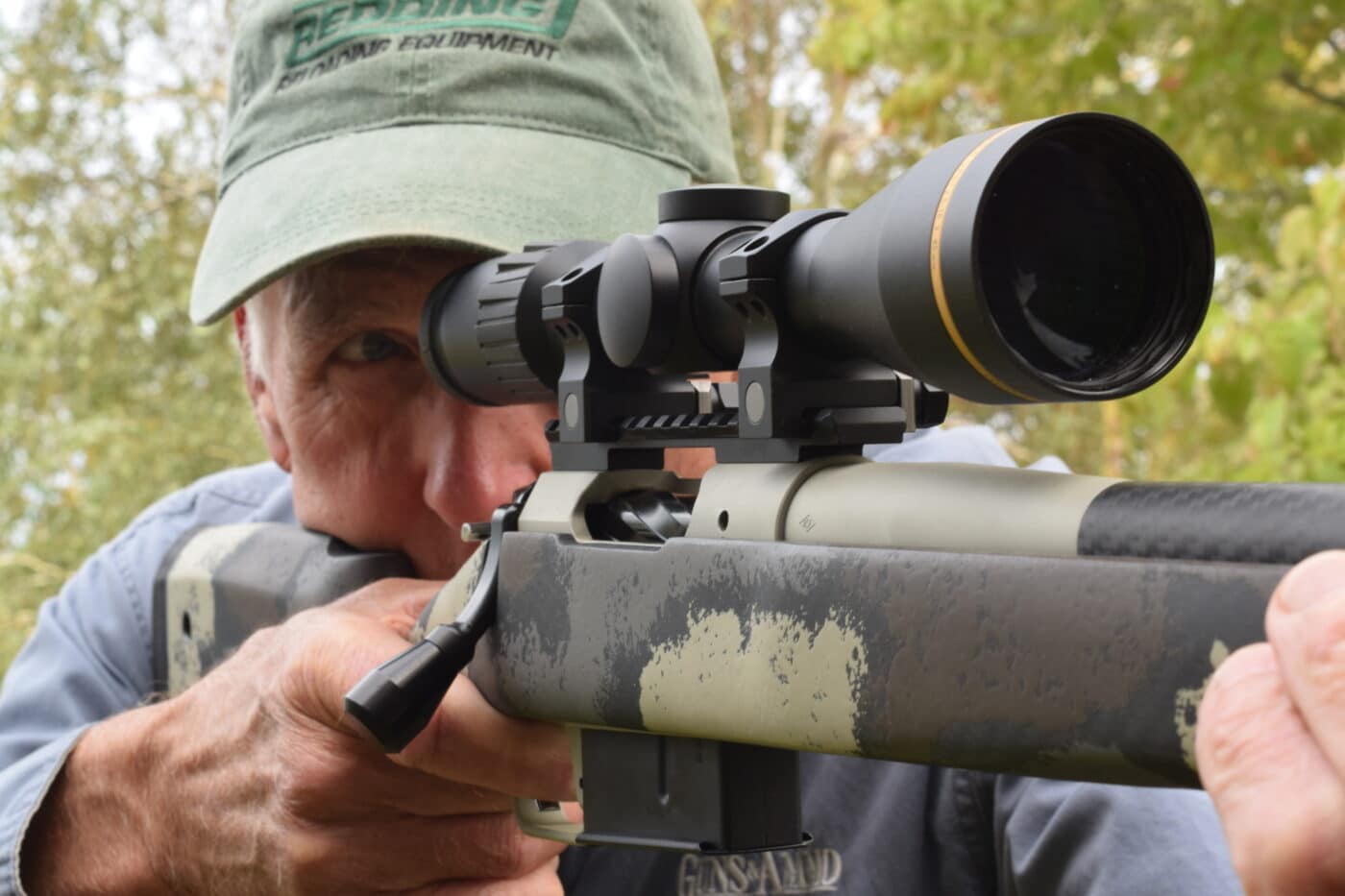
This is not always a good thing for deer hunting rifles.
Swarovski recently announced a 5-25x52mm scope with a fat 40mm tube.
The 38-ounce dS is a feature-laden laser-ranging sight with digital intelligence.
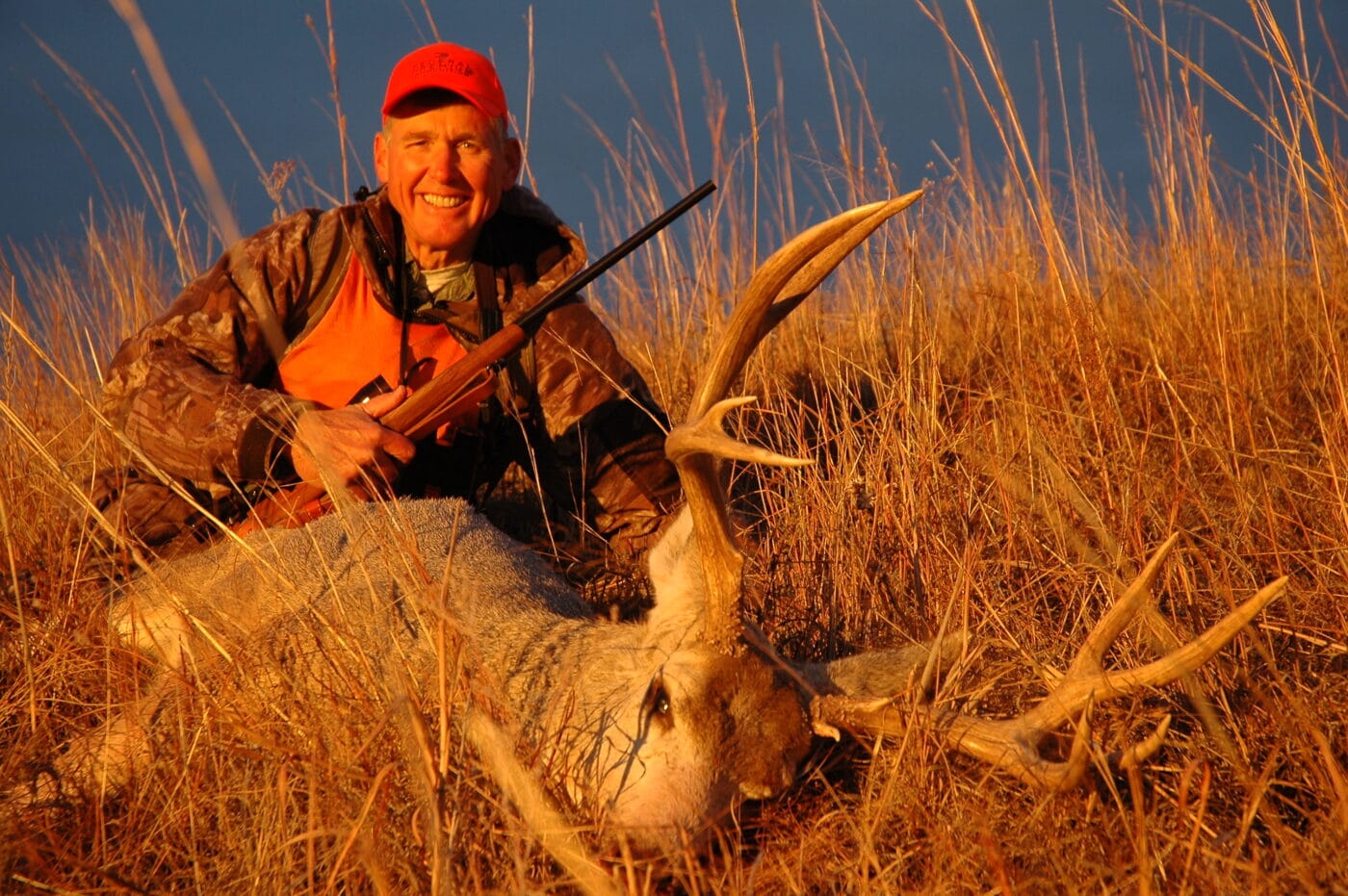
A heads-up display shows ballistic data (downloaded from your smartphone) relevant to each shot.
Such optics drain savings accounts.
Some features have little utility.
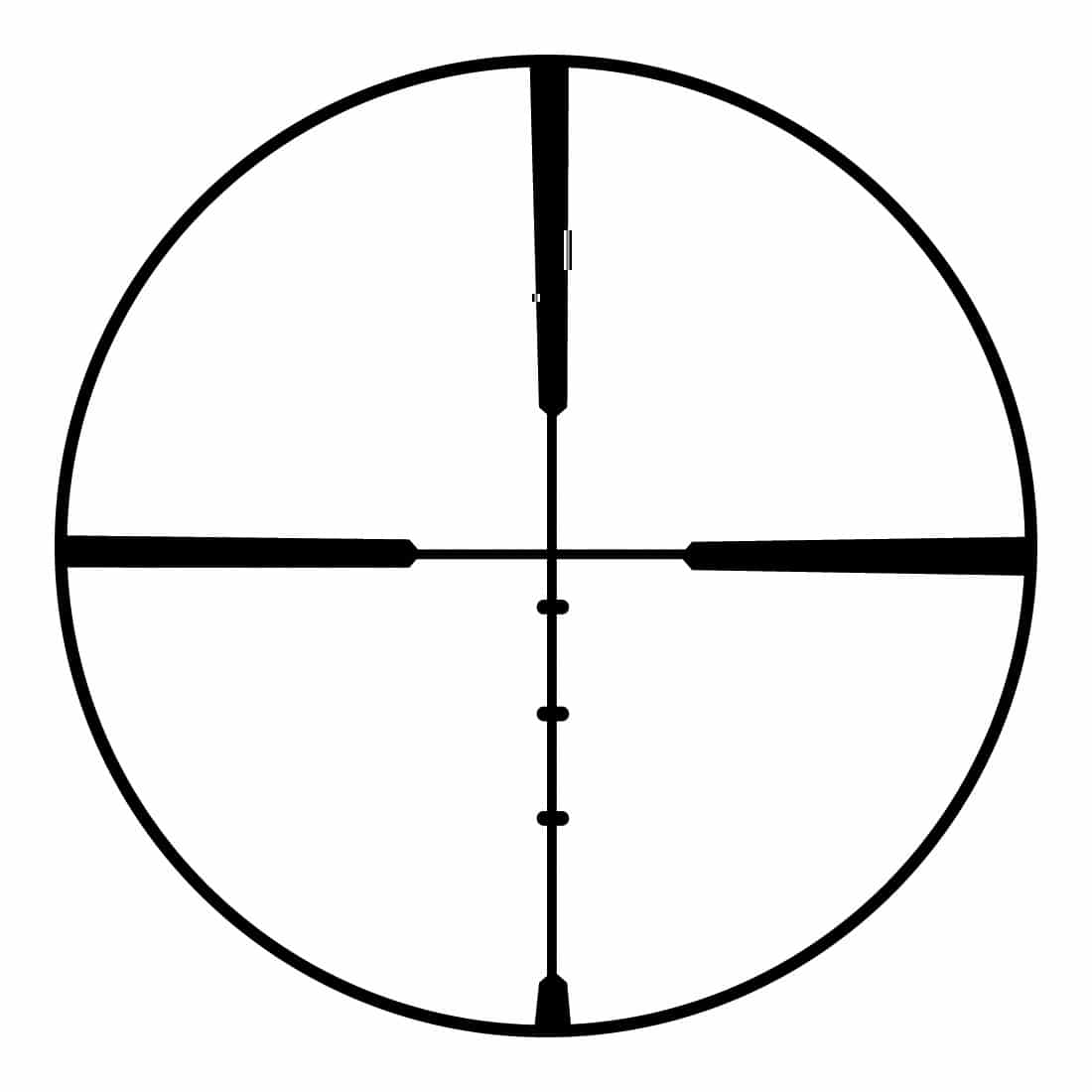
Some can even limit your success.
These two gremlins can steal 4 percent of incident lightateach uncoated glass-air surfacein a scope!
A hydrophobic coating on the lenses can help.
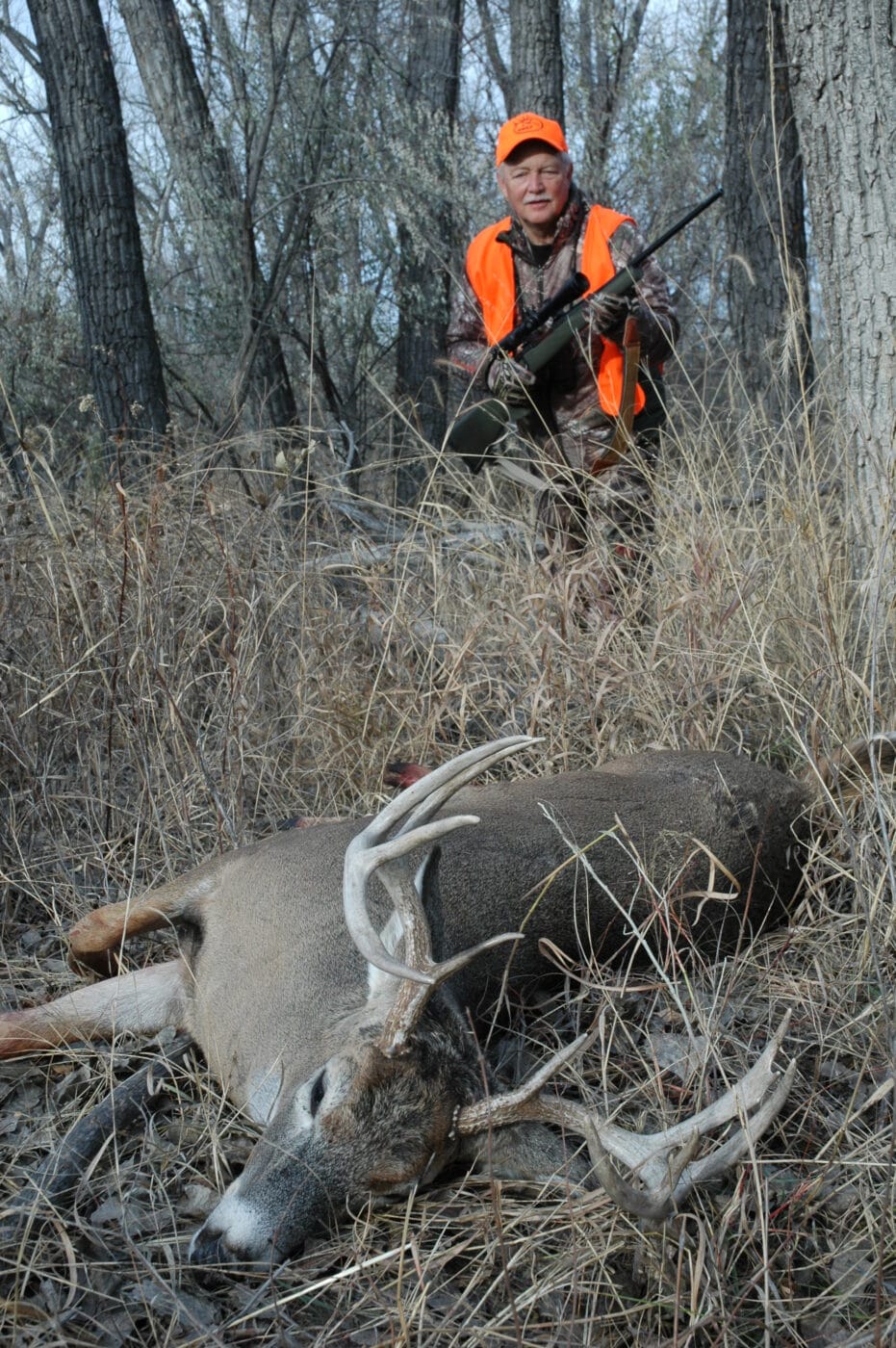
Argon is now used too.
The high resolution found in modern scopes helps you distinguish detail.
Magnification multiplies that level of resolution.

ED or extra-low dispersion lenses have resolution-enhancing compounds.
These are frequently found in the best deer rifle scopes.
Glass-etched (acid-engraved) reticles are replacing suspended reticles, horsehair to spider webs.
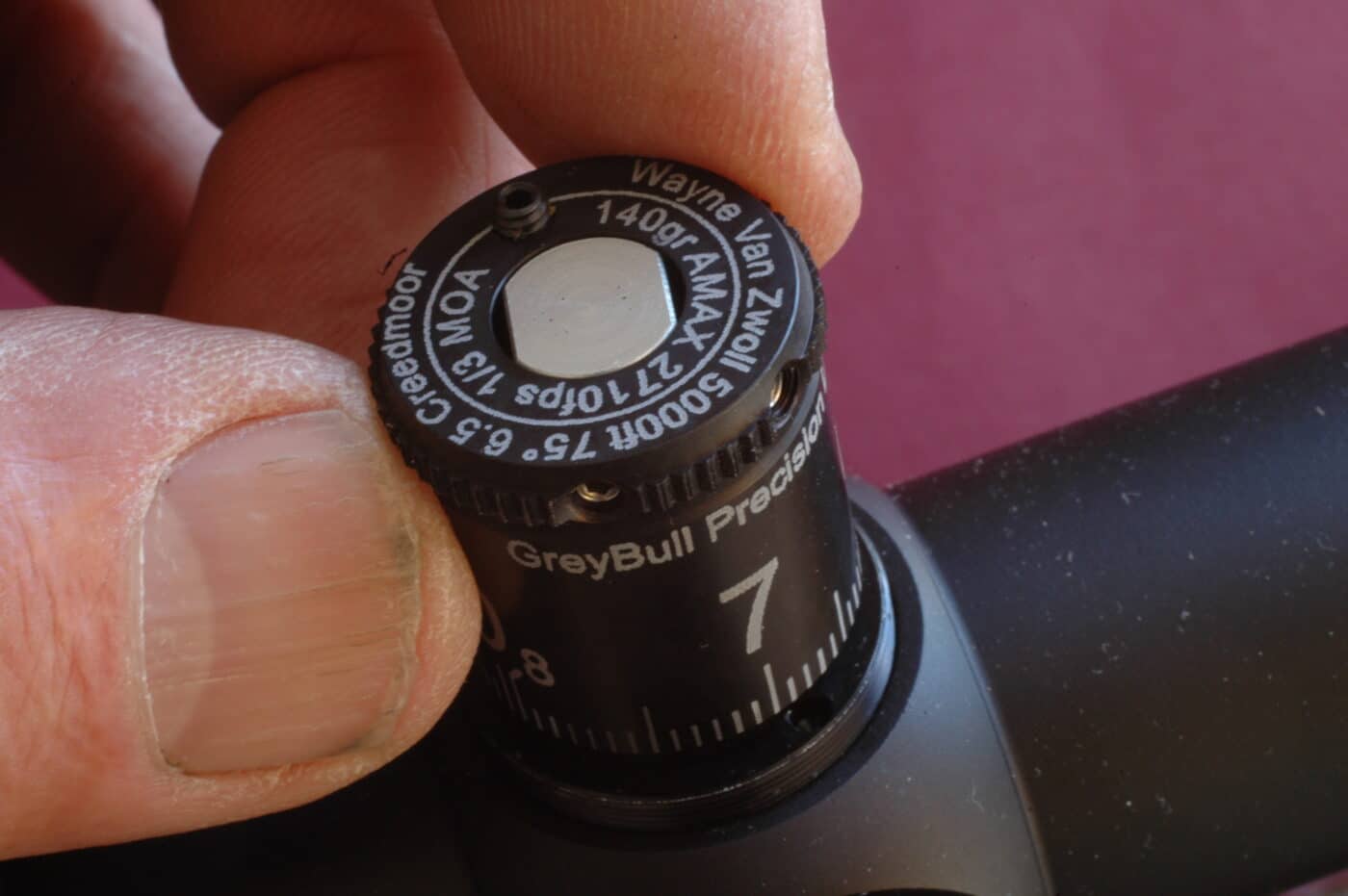
The first- or front-plane reticle, standard in Europe, is gaining traction stateside in long-range scopes.
It doesnt move with power changes so cannot cause a change in point of impact.
On the other hand, theapparentchange in reticle thickness runs counter to whats useful.
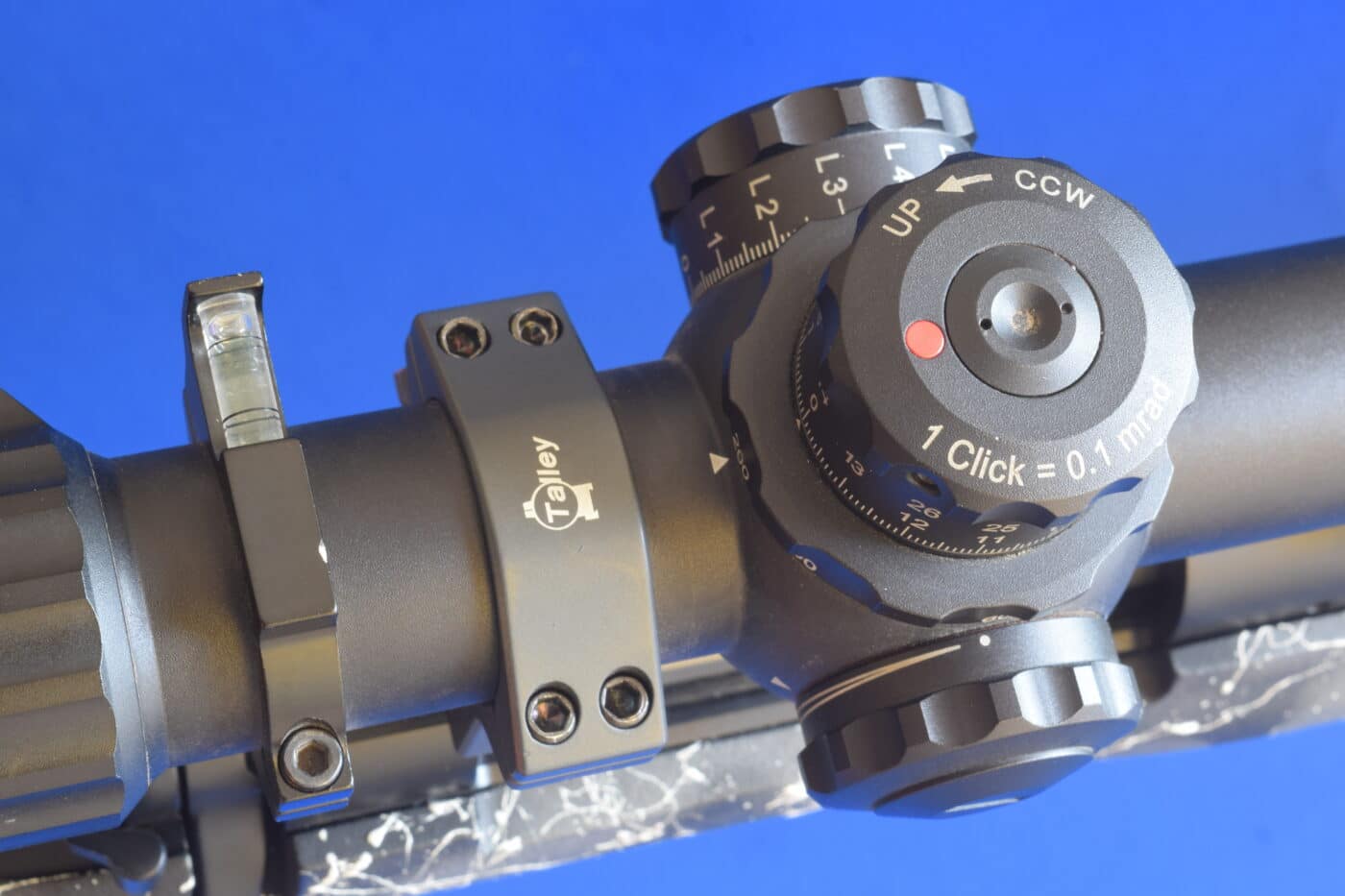
Rear- or second-plane reticles dont shrink or grow and remain popular with most U.S. hunters.
Check out Richard Johnsonsarticle on the differences between first and second focal plane scopes.
On Target
The best-selling reticle now is the plex (with brand-specific prefixes).
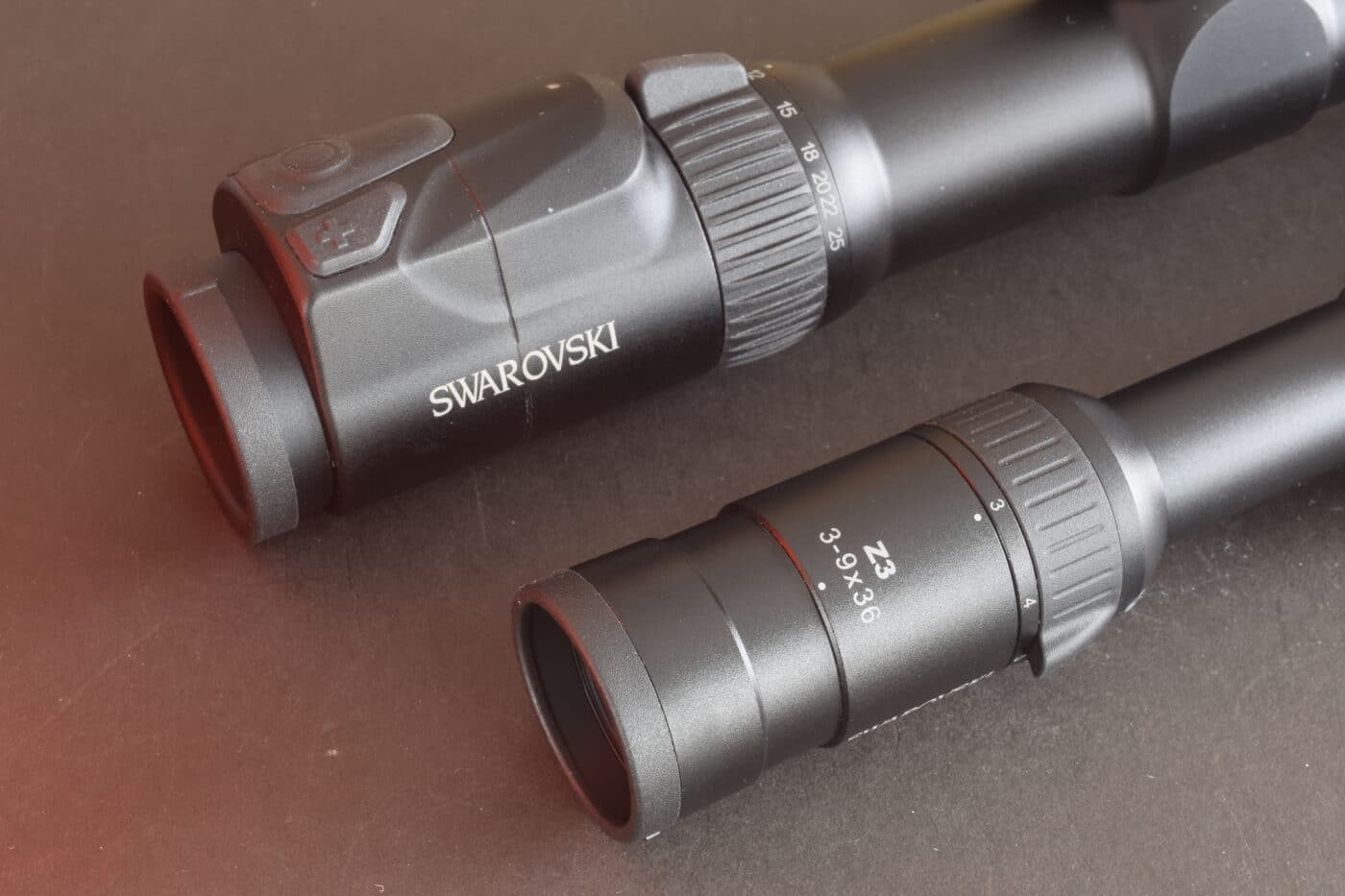
For deer hunting, you wont find a more versatile design.
The German #4 lacks the top post, which also suits me.
But beware the busy reticle that distracts.

For fast, sure aim, simple is good.
Range-compensating scopes absolve you of hold-over.
A Bluetooth link between external lasers and other scopes is a recent option.
In my view, the best assist for long shots is the trajectory-matched elevation dial.
Many scope-makers offer one at no cost.
The bullet strikes point of aim.
Ive used scopes with such dials since GreyBull Precision installed one for me years ago.
Its a quick way to adjust for bullet drop, and more accurate than hold-over.
No added weight, bulk or complexity in the scope.
Quarter-minute clicks should deliver groups 5 inches apart, the last doubling the first.
Resettable dials can be indexed to 0 after zeroing.
A zero stop sets a travel limit, for no-look return to 0.
I seldom move dials on hunts, so dont fret if the clicks defy reason.
I hunt with it.
An AO or adjustable objective sleeve on the front bells of target scopes let competitors fine-tune target focus.
Short hunting scopes didnt need an AO.
Preventing error at other distances was as simple as centering your eye behind the scope.
A minute of angle is 1.047 inches at 100 yards, twice that at 200 and so on.
Mil is shorthand for milliradian, a slice of a circle.
It has nothing to do with military, though snipers are trained on mils.
Like a minute, a mil is an angular measure.
It spans 3.6 inches at 100 yards, 3 feet at l,000.
In mil dot reticles, the 3/4-minute dots on a crosswire are a mil apart.
To determine range, divide target height in mils at 100 yards by the number of spaces subtending it.
Result: range in hundreds of yards.
The deer is 500 yards away.
Zooming In
For decades, hunters have carried variable scopes with three-times magnification ranges.
That is, top magnification was three times the bottom.
Think 3-9x, 4-12x.
Now there are five-, six-, even eight-times scopes.
Engineers tell me the broader ranges add weight, cost and complexity, and make aberrations hard to control.
For me, the best scope for deer hunting is a fixed-power 4x.
Alas, few survive.
Shopping for a hunting scope?
It must leave your rifle feeling like a rifle.
Go to forum thread




